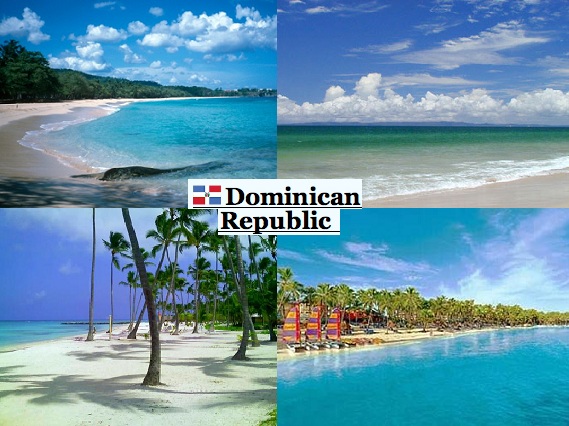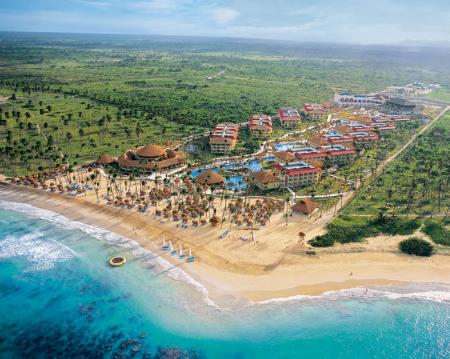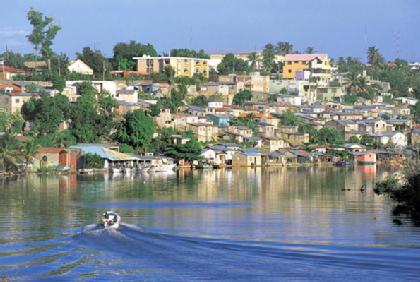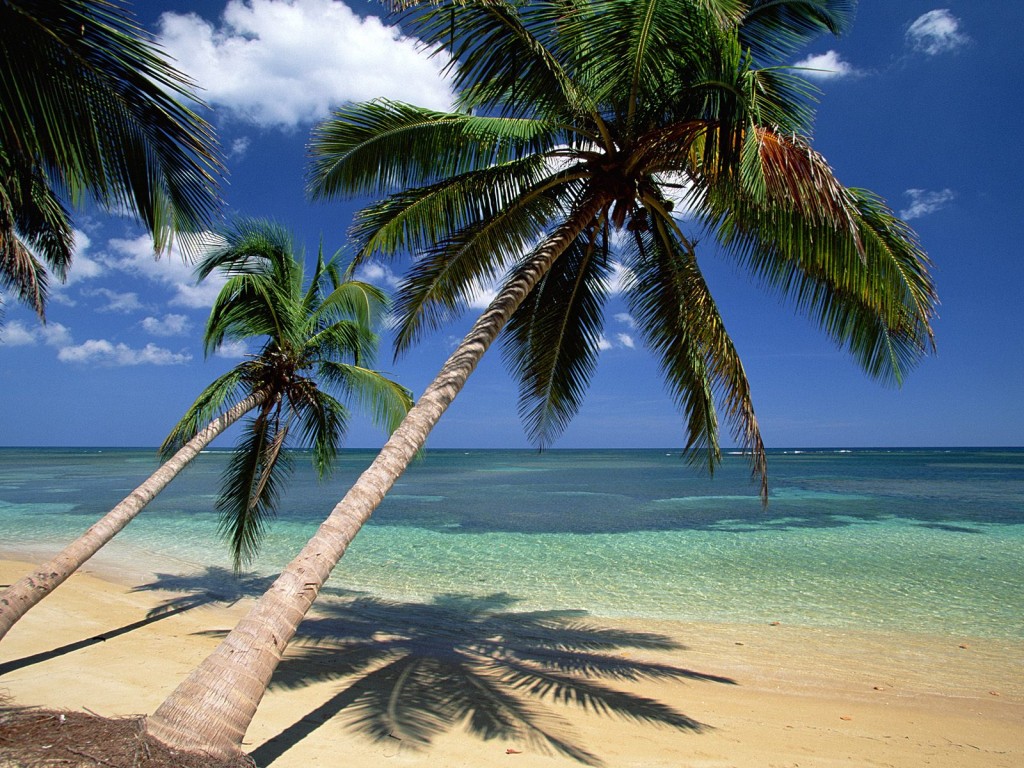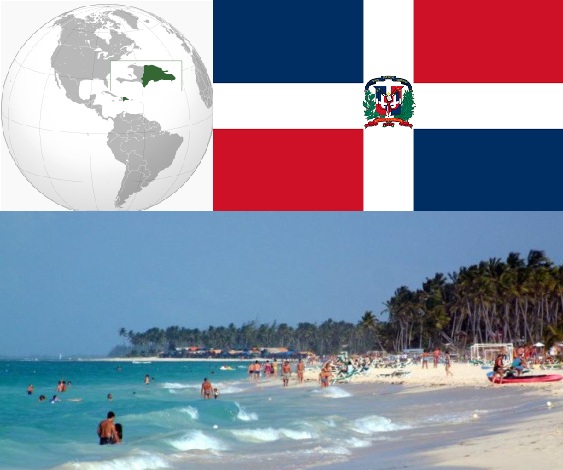What to Expect From A Vacation in Dominican Republic ?
Salt Lake Enriquillo Lake in the southwest of the country, named after the famous Taino chief, can sharp mouth American crocodiles, rhinoceros iguanas and one of the largest flamingo colonies in the Caribbean can be observed. The 40 meters below sea level, Salt Lake is also the driest region of the island where grow a variety of cactus. It serves as a refuge for rare animals and plants.
Another natural paradise is the peninsula of Samaná, with its picturesque rocky and sandy coves and idyllic beaches of various size, striking cliffs and stunning waterfalls. A big event is the annual visit of the humpback whales, the drive from December to April, the Bay of Samaná.
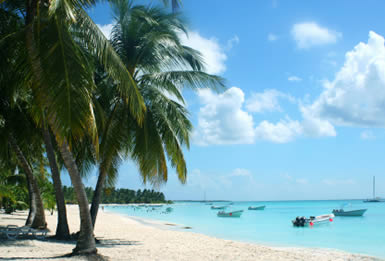
In the 208 square kilometer National Park Los Haitises in the Bay of Samaná, visitors will find an abundance of small freshwater rivers and mangrove forests, which open into a beautiful coral landscape, crystal clear lagoons and even caves. Pelicans and other tropical, rare birds, such as the frigate bird, can be observed here. In addition to interesting stories about the time when the caves were used as a pirate hideout, travelers here have a feel for how the vegetation have looked like on the island at the time of Columbus must.
The development of nature tourism is supported by the Dominican Ministry of Tourism and encouraged. But in 1997 a sub-department of the Ministry of Eco-tourism and nature was created.
In 1991, the CEBS (Centro para la Conservación y de la Bahía de Samaná Ecodesarrollo y su Entorno, in German: “Centre for environmental protection and sustainable development of the Bay of Samaná and its Surroundings”) a non-profit organization founded to preserve the and promote the sustainable use of natural and cultural resources in the region. CEBS has the task to advise all involved in tourism in environmentally-related question, and in the planning involved. CEBs continue to promote the establishment of regional or thematic organizations. Thus, based inter alia on the protection of the waterfall Salto del Limón and Lake Enriquillo and for monitoring the annual whale watching independent conservation organizations.
